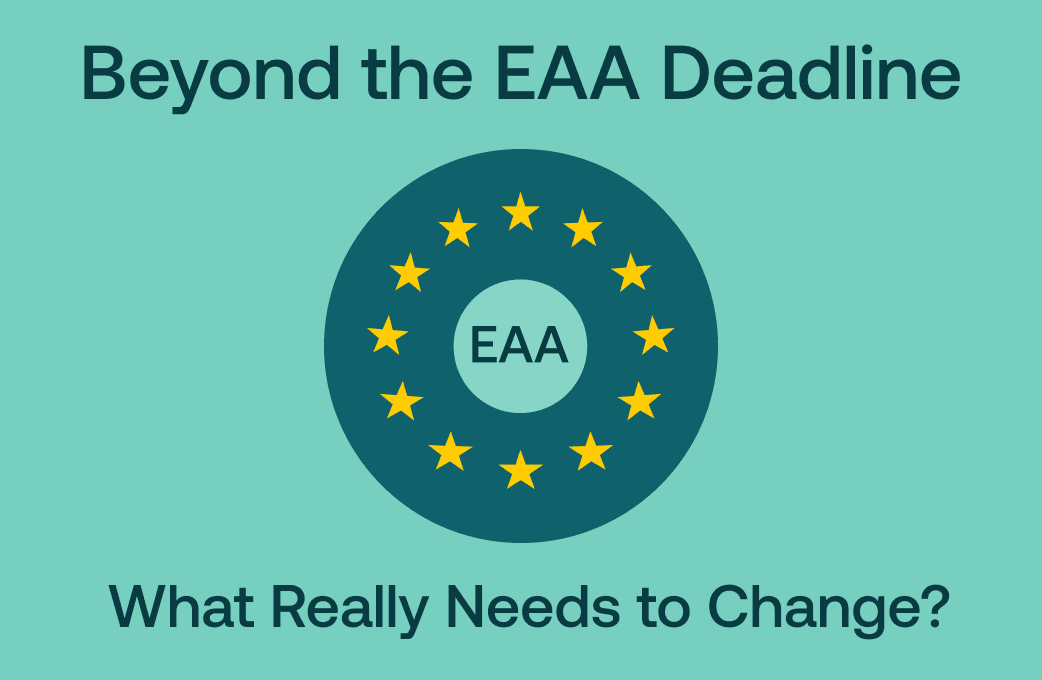Building Digital Inclusion
Our ultimate goal should be building digitally inclusive products that truly work for everyone. If you are here right now, looking for information on turning this into reality, that is already a very good start.
Because we want to build digital inclusion beyond web accessibility, our recommendation is always to develop things with everyone in mind from day one. The way to do this, is to dive into digital inclusion and understand its purpose beyond regulatory pressure or the fear of penalties.
Understand
Understanding is the first step. Read about digital inclusion, join communities, and explore how small changes can impact everyday lives for people with disabilities. Although the improvement of accessibility benefits everyone, there are daily tasks that seem imperceptible but that actually take away people’s independence.
We have created a Digital Inclusion Guide with the purpose of bringing awareness and discussion around how we can improve things online by recognising digital barriers and working on them.
Analyse
The second step is to analyse your own digital product, your website, app, forms, and emails. Do they offer different ways of being understood? Would someone who is blind find it difficult to navigate? What about someone with limited mobility?
We are not yet talking about doing an accessibility audit, although this is highly important. But observe your digital presence and analyse if someone would be excluded from understanding it. We are talking about creating an inclusive mindset.
Act
At this point, you have probably recognised that your service can do better when thinking about digital inclusion. According to the WebAIM Report, only 4% of the top million websites are accessible to people with disabilities. There’s a long journey ahead, but it all starts with the first step towards doing better.
In this article, we prepared a comprehensive European Accessibility Act Guide to help teams work towards compliance from the very beginning. After that, you can also download our EAA Checklist and start adding it to your tasks.


